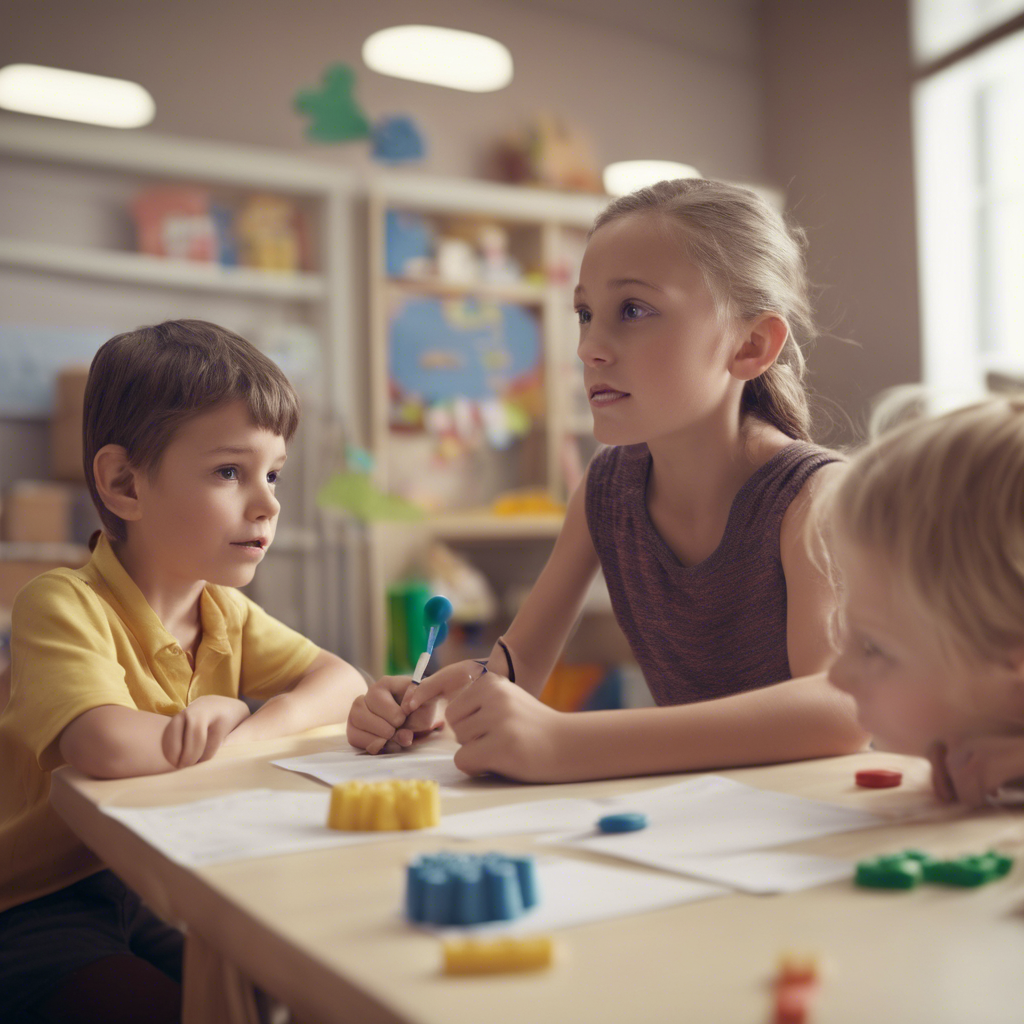Unlocking the Treasure Chest of Coping Mechanisms in Child Therapy
- Dr. Manzil Vij

- Apr 3
- 2 min read
Welcome to our virtual haven where we delve into the fascinating world of child therapy. Today, we set our sights on the invaluable tools and techniques used to navigate the turbulent waters of a child's emotions—coping mechanisms. Join us on this journey as we uncover the treasures hidden within the complex realm of therapy for children.
Understanding Coping Mechanisms in Child Therapy
Coping mechanisms are like the superhero capes that shield children from the chaos of their inner struggles. They are the shields that help them weather the storms of anxiety, trauma, or grief. In child therapy, these mechanisms play a pivotal role in empowering young hearts and minds to face challenges head-on.
The Art of Unpacking Coping Mechanisms
Just as a detective unravels clues to solve a mysterious case, therapists work diligently to uncover the coping mechanisms nestled within a child's psyche. It's an intricate dance of trust-building, active listening, and empathy that unlocks the secrets to a child's emotional resilience.
Embracing the Therapeutic Journey
Therapy is not a one-size-fits-all solution. Each child comes with a unique set of coping mechanisms that shape their responses to stressors. The therapeutic journey is a collaborative effort between the child, therapist, and these invaluable coping tools.
The Power of Play Therapy
One of the most potent tools in the therapist's arsenal is play therapy. Through the language of play, children can express their innermost thoughts and feelings in a safe and nurturing environment. Play becomes the canvas on which coping mechanisms are painted with vibrant colors of self-expression.

Building Emotional Literacy
Coping mechanisms are not just shields but also the building blocks of emotional intelligence. They equip children with the vocabulary to articulate their feelings, thus fostering a deeper understanding of themselves and others.
Cultivating Mindfulness and Relaxation Techniques
In the bustling chaos of the modern world, teaching children mindfulness and relaxation techniques is akin to offering them a lifeline. Deep breathing exercises, visualization, and meditation help children anchor themselves in the present moment, weaving resilience into the fabric of their being.
Nurturing Social Support Systems
Humans are social creatures, and children thrive in environments where they feel supported and understood. Therapists often work with families, schools, and communities to cultivate robust social support systems that reinforce healthy coping mechanisms.
Celebrating Small Victories
Every breakthrough, no matter how small, is a cause for celebration in the realm of child therapy. It is these tiny victories that pave the way for monumental transformations, empowering children to embrace their vulnerabilities as strengths.
Closing Thoughts
As we conclude our exploration into coping mechanisms in child therapy, remember that the journey towards healing is not always linear. It is a tapestry of setbacks and triumphs, tears and laughter. Through the gentle guidance of therapists and the unwavering resilience of children, coping mechanisms become the compass that navigates them towards the shores of emotional well-being.
Join us in celebrating the resilience, courage, and hope that define the beautiful mosaic of child therapy!
Whether you are a parent, educator, or therapy enthusiast, may the insights shared in this blog post ignite a newfound appreciation for the transformative power of coping mechanisms in child therapy.
Let's continue to unlock the treasure chest of healing and growth!







Comments